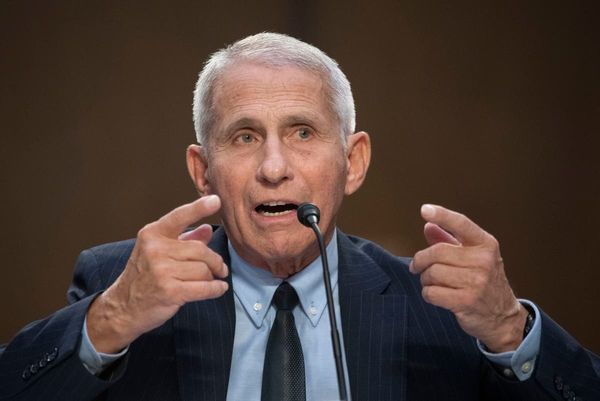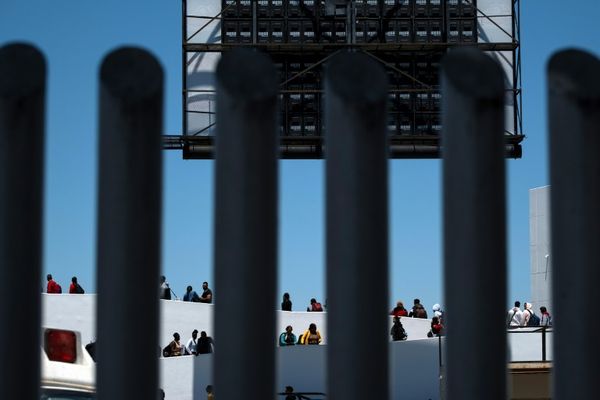
Not even Fed Chair Jay Powell can be accused of ever moving that far this fast.
In an emergency meeting on Tuesday, Russia’s central bank governing board decided to increase interest rates by 3.5 percentage points, reaching 12%. This action aims to prop up the ruble, which has been significantly impacted by Western sanctions in response to the conflict in Ukraine.
“This decision is aimed at limiting price stability risk,” it said in a statement, justifying its second hike in less than a month by citing “substantial” upside risks to inflation from the collapsing currency.
Just four days prior, a deputy governor had dismissed concerns around the exchange rate in comments to state news agency TASS.
The move comes after the country’s ruble broke below the psychological floor of 100 to a U.S. dollar, rendering each less valuable than a penny.
The currency has now surrendered all of its gains from last year to plumb depths not seen since an investor panic in the early days of the war.
Pressure on the bank subsequently rose to a fever pitch, with Kremlin mouthpiece and Putin ally Vladimir Solovyov demanding on his Russian state TV show that the central bank take action.
Prior to the February 2022 invasion of Ukraine, Putin’s industries had long been dependent on the West. In exchange for selling commodities like food, energy, and base metals such as nickel, Russia could purchase the machinery and equipment it needed to run its factories.
Western sanctions however have crippled manufacturers’ ability to provide for their consumers by limiting access to key intermediates including microchips that could help them expand their output.
In its statement on Tuesday, the bank blamed consumers forced to increasingly look abroad in order to satisfy their demand for finished goods.
This exerted heavy downward pressure on the ruble and threatened the central bank’s price stability target of 4% as imported inflation is now spilling over into the broader economy.
Raising the main policy rate to 12% from a previous 8.5% so soon after a July hike is a tacit admission that the bank’s most recent 100 basis point move less than four weeks ago was far from sufficient to put a floor under the ruble.
Even when Fed Chair Powell was in full-blown inflation-fighting mode, he only hiked at a pace of 75 bps during four consecutive meetings stretching across a six-month time frame.







